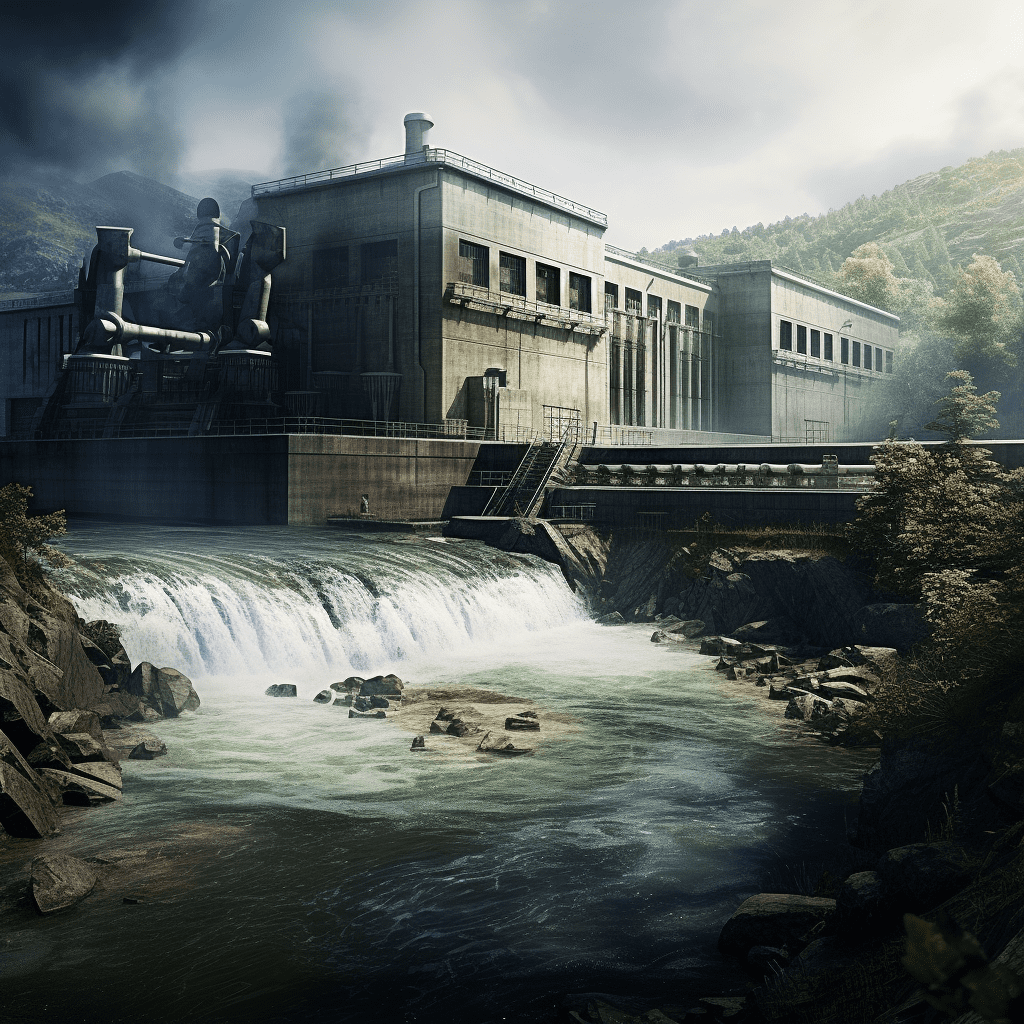Hydroelectric dams play a crucial role in the future of sustainable energy by harnessing the power of flowing water to generate electricity. These facilities provide a reliable and renewable energy source that can help mitigate climate change, support energy independence, and contribute to a more sustainable energy landscape.
How Do Hydroelectric Dams Generate Sustainable Energy?
Hydroelectric dams generate energy by converting the kinetic energy of flowing or falling water into electricity. Water from rivers is stored in reservoirs created by dams. When released, it flows through turbines, which spin generators to produce electricity. This process is efficient and produces no greenhouse gas emissions during operation, making it a clean energy source.Chart: Hydroelectric Power Generation Process
| Step | Description |
|---|---|
| Water Storage | Water is stored in a reservoir behind the dam |
| Water Release | Controlled release of water flows through turbines |
| Turbine Rotation | Turbines spin as water flows, generating electricity |
| Electricity Generation | Generators convert mechanical energy into electrical energy |
What Are the Environmental Benefits of Hydroelectric Power?
Hydropower offers several environmental benefits:
- Renewable Resource: It relies on the natural water cycle, making it a sustainable energy source.
- Reduction in Fossil Fuel Use: By replacing fossil fuel-based power plants, hydropower reduces carbon emissions and air pollution.
- Flood Control: Dams can help manage river flow and reduce flood risks in surrounding areas.
- Water Supply: They can provide irrigation for agriculture and improve water management.
How Do Hydroelectric Dams Contribute to Energy Storage and Reliability?
Hydroelectric dams are unique in their ability to store energy in the form of water. This capability allows them to act like large batteries:
- Pumped Storage: During periods of low electricity demand, excess energy can be used to pump water back into reservoirs for later use.
- Rapid Response: Hydropower plants can quickly adjust output to meet fluctuations in demand, providing stability to the power grid.
Chart: Comparison of Energy Storage Solutions
| Storage Solution | Capacity (MW) | Response Time | Efficiency (%) |
|---|---|---|---|
| Pumped Hydro | 1,000+ | Minutes | 70-90 |
| Lithium-Ion Batteries | 100 | Seconds | 80-90 |
| Compressed Air | 300 | Minutes | 70-80 |
Why Is Hydropower Considered a Flexible Energy Source?
Hydropower is regarded as a flexible energy source due to its ability to adapt to changing energy demands:
- Load Following: Dams can ramp up or down their electricity generation based on real-time demand.
- Integration with Renewables: Hydropower complements variable renewable sources like wind and solar by providing backup power when these sources are not generating electricity.
What Challenges Do Hydroelectric Dams Face in a Changing Climate?
Despite their advantages, hydropower faces significant challenges:
- Drought Conditions: Climate change has led to increased frequency and severity of droughts, impacting water availability for hydroelectric generation.
- Environmental Impact: Construction and operation of dams can disrupt local ecosystems, affecting fish migration and water quality.
- Aging Infrastructure: Many existing dams require upgrades to meet modern efficiency standards and environmental regulations.
How Can Innovations Improve the Sustainability of Hydropower?
Innovations are essential for enhancing the sustainability of hydropower:
- Fish-Friendly Technologies: New designs and technologies can help mitigate impacts on aquatic life, such as fish ladders and bypass systems.
- Improved Monitoring Systems: Advanced data analytics can optimize dam operations for efficiency while minimizing ecological impacts.
- Hybrid Systems: Integrating hydropower with other renewable sources can create more resilient energy systems.
What Is the Future Outlook for Hydroelectric Energy in the Global Energy Mix?
The future of hydropower remains promising despite challenges:
- Continued Demand: As countries seek to transition to cleaner energy sources, hydropower will remain a key player in meeting global electricity needs.
- Investment Opportunities: There is potential for investment in modernization projects that enhance efficiency and sustainability at existing facilities.
- Global Growth Projections: The International Energy Agency (IEA) expects hydropower generation to rise significantly over the next few decades, particularly in developing regions.
Latest News
Recent developments highlight the evolving role of hydroelectric power:
- The International Renewable Energy Agency (IRENA) reported that hydropower remains the largest source of renewable electricity globally, accounting for approximately 16% of total generation.
- Innovations in fish-friendly technologies are being implemented across various projects worldwide to reduce ecological impacts while maintaining energy production.
- As climate change poses new challenges, many countries are investing in research to enhance drought resilience in hydroelectric systems.
Editor Comment
“Hydroelectric power is an essential component of our transition toward sustainable energy solutions. By harnessing nature’s power responsibly and innovatively, we can ensure that hydropower continues to play a vital role in our clean energy future while addressing environmental concerns.”
FAQ Section
Q1: How do hydroelectric dams work?
A1: Hydroelectric dams generate electricity by storing water in reservoirs and releasing it through turbines that convert kinetic energy into electrical energy.Q2: What are the main environmental benefits of hydropower?
A2: Hydropower is renewable, reduces reliance on fossil fuels, provides flood control, and supports irrigation needs.Q3: What challenges does hydropower face due to climate change?
A3: Climate change leads to droughts that affect water availability for generation and poses risks to local ecosystems due to dam construction and operation.



